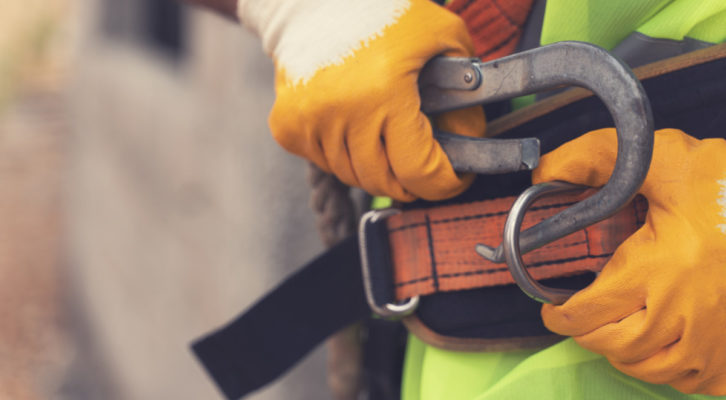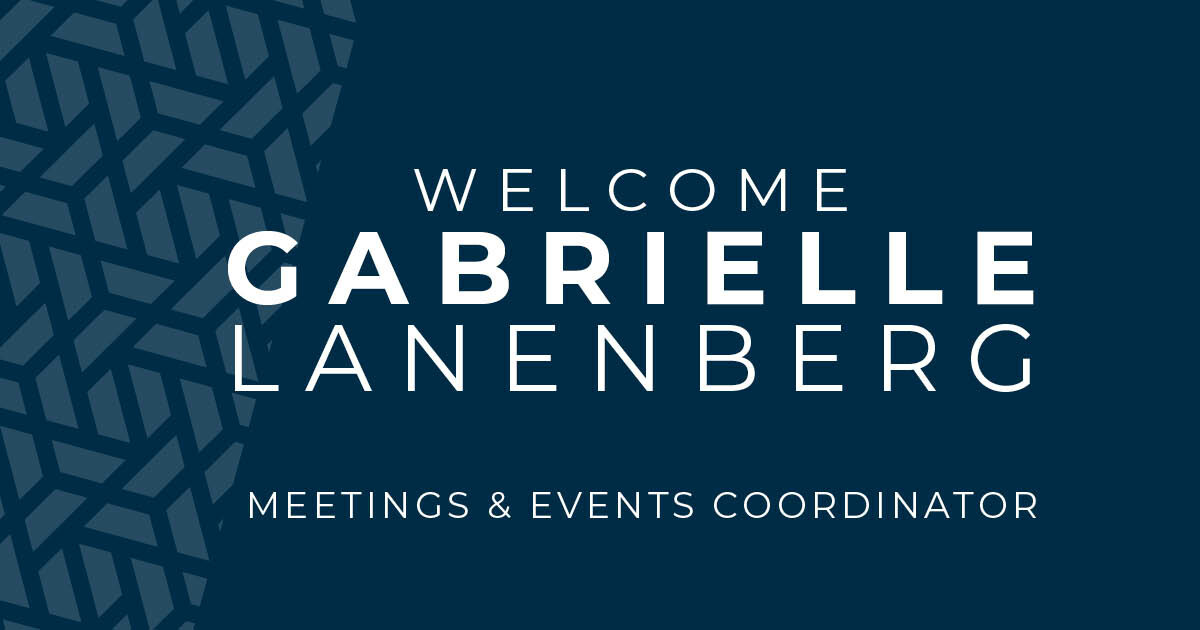Six steps to build and implement a solid, compliant safety program that protects your workers in the field.
In 2019, the U.S. Department of Labor recorded 11 fatal work injuries in the construction industry in Minnesota, a decrease from 14 in 2018. While zero deaths is always the goal, the number of fatalities represent a small percentage of the 144,575 construction workers in the state that year, demonstrating the effectiveness of workplace safety programs.
Since 1991, many employers in Minnesota—including those in the construction industry—have been required by the Minnesota Occupational Safety and Health Administration (MNOSHA) to develop and use a formal safety and health program, also known as A Workplace Accident and Injury Reduction (AWAIR) program. This requirement is in place to help mitigate some of the biggest risks on jobsites, like falls, electrocution, and caught-in and struck-by hazards.
Preventing deaths and serious injuries is the number-one reason to have a safety program, but additional benefits make the cost of creating and implementing one more than worth it: Employers can save money on workers’ compensation insurance premiums, increase morale among jobsite crews, minimize penalties for noncompliance, and improve employee recruitment and retention—crucial with today’s reality of labor shortages.
Whether you’re starting your safety program from scratch or your policies need an overhaul, these steps can help you build a solid, compliant plan that will protect your men and women in the field.
GET MANAGEMENT ON BOARD
A strong safety program starts at the top with a management team that is committed to minimizing risk on jobsites. In ensuring they’re on board, you avoid the disconnect and undermining that can happen when what’s written in a safety program doesn’t align with what’s happening in the field.
Denise Hansen, the safety director for builder John Kraemer & Sons, Inc., remembers her first inspection of a jobsite nearly 10 years ago, when she pulled up to a house and there was a worker on the roof without fall prevention equipment. “I called my employer and said, ‘Are you serious about your safety program?’ He said, ‘Yes.’”
That was all Hansen needed to hear. Knowing she had 100% backing from her employer, she pulled every one of the roofers down and told them to leave the jobsite until they had the proper equipment.
“Management really has to understand the value of safety and the importance of it,” says Lana Steck, a senior safety specialist for The Builders Group, a workers’ compensation insurance company. “I’ll ask them something along the lines of, ‘Is safety a priority to you or is safety a value?’ They hesitate to answer that. Priorities can change, but values don’t really change. I try to reiterate that safety needs to be a core value at the company, and that starts with management leadership.”
UNDERSTAND STATE REQUIREMENTS
Every state is different, but in Minnesota, to be compliant with MNOSHA AWAIR standards, a safety program must state:
- how managers, supervisors, and employees are responsible for implementing the program, and how continued participation of management will be established, measured, and maintained;
- the methods used to identify, analyze, and control new or existing hazards, conditions, and operations;
- how the program will be communicated to all affected employees so they are informed of work-related hazards and controls;
- how workplace accidents will be investigated and corrective action implemented; and
- how safe work practices and rules will be enforced.
IDENTIFY HAZARDS THAT APPLY TO YOUR COMPANY
Once you understand the basic requirements of AWAIR, the next step is to drill down into the hazards specific to your company to build a customized safety program. If you specialize in roofing, for example, fall prevention will be a crucial part of your program. Electricians, however, will focus more heavily on electrocution, fires, and explosions, while a carpenter needs protection against machine hazards and carcinogen-filled wood dust.
“If we don’t know the hazards, we won’t know what controls to put in place to increase worker safety,” says Steck, who works with her clients to build customized safety programs. “Sometimes companies will purchase a cookie-cutter safety program online. When they do that, it gives them policies and programs on every construction topic you can think of. It’s much better if the safety program is tailored to the company.”
FOLLOW THROUGH WITH ENFORCEMENT
Creating a safety program may seem like a daunting undertaking, but the real challenge is making sure jobsite workers stick to the policies you’ve outlined. In addition to a supportive management team, Steck advises entrusting at least one individual with the responsibility of championing the safety program out in the field.
At John Kraemer & Sons—which has been a recipient of the Minnesota Safety Council’s Governor’s Workplace Safety Award every year since 2013—that advocate is Hansen. To ensure compliance, she does a walk-through of each jobsite once a week, after which she’ll go over her findings with the job supervisor.
For an added layer of accountability, Hansen suggests requesting a jobsite visit through OSHA’s On-Site Consultation Program. These no-cost visits help employers to identify workplace hazards, provide advice for compliance with OSHA standards, and assist in establishing and improving safety and health programs—without penalties or citations.
KEEP UP ON EDUCATION AND TRAINING
Even when a safety program is established, it is never truly finished. Steck recommends revisiting it at least annually to evaluate if any policies or procedures need to be updated to reflect new standards or field equipment.
Additionally, continuing education keeps safety top-of-mind. On a weekly basis, Hansen travels to each jobsite and leads a five- to 10-minute discussion on a specific safety topic before the crew breaks for lunch, and occasionally orders in food for longer training sessions. She also invites equipment manufacturers to conduct demonstrations on jobsites.
When an injury or a near-miss does take place—and, let’s face it, accidents are still bound to happen—use it as a training opportunity for the entire crew, not to place blame but to share what was learned from the incident to prevent a recurrence.
REWARD COMPLIANCE
When it comes to safety programs, rewarding compliance is just as important as calling out room for improvement. Steck recalls the story of a construction worker who fell off the side of a building. His fall equipment caught him, and his team was able to rescue him—uninjured. The company stopped work for the
day and ordered food for everyone to celebrate.
“That was such a cool way to show employees, ‘This is why we’re always telling you to make sure you’ve got your fall protection, your safety glasses, your hard hat,’” she says. “It takes two seconds for something to happen, and then you potentially would regret that for the rest of your life.”
In any safety program, the key to making it resonate with the jobsite crew is appealing to their personal lives. Approach from the perspective of: “I’m assuming you have a family to go home to, maybe you have a pet, an aunt and uncle,” says Steck. “Try to relate to them on why safety is important. When you can get the majority of employees to buy into safety and share the same values about safety, that’s a huge success for me.”
Written by Taylor Hugo | Article first appeared in the 2022 January-February-March Digest magazine

















